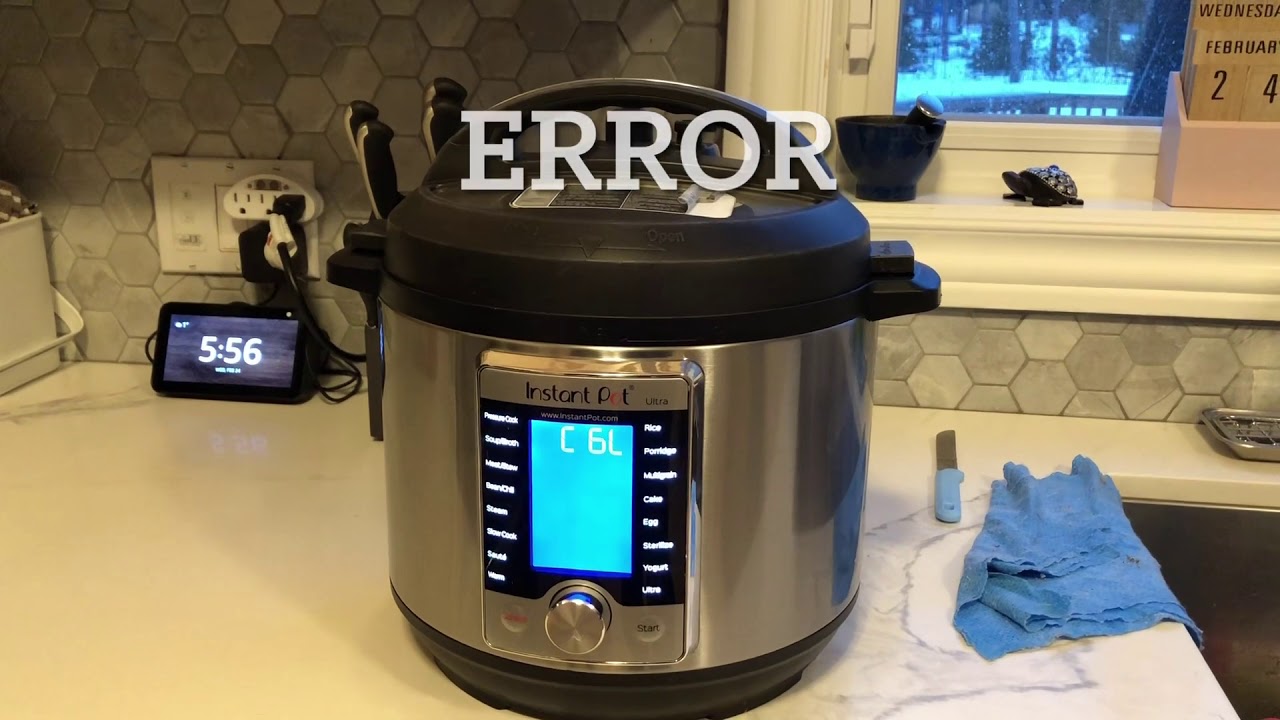

Articles
Why Does Electric Pressure Cooker Have Error
Modified: February 28, 2024
Discover why electric pressure cookers encounter errors and how to troubleshoot them with helpful articles.
(Many of the links in this article redirect to a specific reviewed product. Your purchase of these products through affiliate links helps to generate commission for Storables.com, at no extra cost. Learn more)
Introduction
Electric pressure cookers have gained immense popularity in recent years, revolutionizing the way we cook and saving us precious time in the kitchen. These versatile appliances offer a range of benefits, including quicker cooking times, energy efficiency, and the ability to prepare a wide variety of meals.
However, like any electronic device, electric pressure cookers are not immune to errors and malfunctions. Whether you’re a seasoned pressure cooker enthusiast or new to the world of pressure cooking, understanding why these errors occur and how to resolve them is essential to make the most of your cooking experience.
In this article, we will delve into the intricacies of electric pressure cookers, explore the common error messages they display, analyze their meanings, and provide troubleshooting tips to help you overcome these errors. Additionally, we will discuss the common causes of errors and how you can prevent them, ensuring a seamless and successful pressure cooking journey.
So, if you’re ready to enhance your culinary skills and unravel the mysteries of electric pressure cooker errors, let’s dive in!
Key Takeaways:
- Understanding electric pressure cooker errors and their meanings is crucial for troubleshooting. Common causes include insufficient liquid, blockages, and power issues. By following preventive measures, you can minimize errors and enjoy a seamless cooking experience.
- Troubleshooting errors in electric pressure cookers involves checking liquid levels, cleaning components, and verifying the power supply. Consulting the user manual or customer support for personalized guidance can help resolve persistent errors.
Understanding Electric Pressure Cookers
Before we delve into the world of electric pressure cooker errors, it’s crucial to have a solid understanding of how these appliances work and what sets them apart from traditional stovetop pressure cookers.
Electric pressure cookers are countertop appliances that utilize electricity to generate heat and create pressure, allowing for fast and efficient cooking. They consist of a metal cooking pot, a sealing ring, a pressure release valve, and an electric control panel.
The control panel of an electric pressure cooker is its brain, housing various buttons and settings that allow you to adjust cooking times, pressure levels, and select preset programs for specific types of dishes. With just a few button presses, you can effortlessly cook everything from soups and stews to rice and desserts.
One of the defining features of electric pressure cookers is their built-in safety mechanisms. These mechanisms prevent the pot from being opened while there is pressure inside, protecting you from potential accidents. Additionally, electric pressure cookers often have sensors that monitor the internal temperature and pressure to ensure safe and reliable cooking results.
Another advantage of electric pressure cookers is their ability to maintain a steady and precise cooking temperature. Unlike stovetop pressure cookers that rely on the flame or heat level of the stove, electric pressure cookers can regulate the heat electronically, minimizing the risk of undercooking or burning your food.
Electric pressure cookers also offer the convenience of programmable cooking. With preset programs for different types of dishes, you can simply select the appropriate program, and the cooker will automatically adjust the cooking time and pressure level accordingly. This makes cooking faster and easier, especially for those who are new to pressure cooking.
Now that we have a solid understanding of how electric pressure cookers work, let’s move on to exploring the different error messages you may encounter and their meanings.
Error Messages and Their Meanings
Electric pressure cookers are equipped with intelligent systems that can detect errors and display corresponding error messages on the control panel. These messages provide valuable information about what might be going wrong during the cooking process. Understanding the meanings behind these error messages can help you troubleshoot and resolve the issue.
Here are some common error messages you may come across when using an electric pressure cooker and what they indicate:
- E1 – E9: These error codes typically indicate a problem with the electrical system or power supply. It could be due to a faulty power cord, improper voltage, or a malfunctioning control panel. To resolve this issue, you may need to check the power source, ensure proper connections, or contact customer support for assistance.
- Overheat: This error message indicates that the internal temperature of the pressure cooker has exceeded the safe limit. It could be due to insufficient liquid in the pot, a blockage in the pressure release valve, or a malfunctioning temperature sensor. To resolve this, check the liquid levels, ensure the pressure release valve is clear, and let the pressure cooker cool down before attempting to cook again.
- Burn: The “Burn” error message indicates that the food is sticking or burning at the bottom of the cooking pot. This can happen if there is not enough liquid, if the ingredients are too thick, or if the pressure cooker is not properly sealed. To resolve this, add more liquid, scrape the bottom of the pot to remove any stuck-on food, and ensure a proper seal before restarting the cooking process.
- Lid Open: This error message indicates that the lid of the pressure cooker is not properly closed or locked. It may also occur if there is excessive pressure inside the pot when attempting to open it. To resolve this, ensure that the lid is securely closed and locked before starting the cooking process, or wait for the pressure to release naturally before attempting to open the lid.
- Water Level Low: This error message indicates that there is insufficient water in the cooking pot. It could be due to evaporation or miscalculation of liquid requirements for the recipe. To resolve this, add more water to the pot, making sure to follow the recommended minimum liquid level guidelines.
These are just a few examples of the many error messages you may encounter while using an electric pressure cooker. Each model and brand may have its unique set of error codes, so it’s essential to consult the user manual for specific instructions and meanings.
Now that we understand the common error messages and their meanings, let’s explore what commonly causes these errors and how to troubleshoot and resolve them.
Common Causes of Errors in Electric Pressure Cookers
While electric pressure cookers are reliable and efficient devices, errors can still occur during the cooking process. Understanding the common causes of these errors can help you troubleshoot and prevent them from happening in the first place.
Here are some common causes of errors in electric pressure cookers:
- Insufficient Liquid: One of the primary causes of errors like the “Overheat” or “Burn” messages is not having enough liquid in the cooking pot. It’s important to follow the recommended minimum liquid level guidelines provided by the manufacturer for each recipe. Without enough liquid, the pressure cooker may struggle to build and maintain pressure, leading to errors.
- Blockages: Blockages in the pressure release valve or the steam vent can cause errors like “Overheat” or prevent the pressure from being released properly. It’s crucial to regularly clean these parts and ensure they are free from any debris or food particles that could impede steam flow.
- Improper Seal: A faulty or improper seal can lead to errors like the “Lid Open” message or difficulty in building and maintaining pressure. Check the sealing ring and the lid to ensure they are in good condition and properly seated and locked before starting the cooking process.
- Excessive Foam: Some recipes, particularly those that involve grains or legumes, can produce excessive foam during cooking. This foam can block the pressure release valve and trigger an error. To prevent this, it’s important to use a foaming agent like oil or fat and avoid filling the pot beyond the recommended maximum fill line.
- Power Issues: Errors related to power supply or electrical components can occur if there is a problem with the outlet, power cord, or control panel. Ensure that the pressure cooker is connected to a stable power source and that the cord is in good condition. If the error persists, consult the manufacturer or contact customer support for further assistance.
By understanding these common causes, you can take proactive steps to prevent errors and ensure smooth functioning of your electric pressure cooker. However, if an error still occurs, don’t fret. There are troubleshooting steps you can take to resolve the issue, as we’ll explore next.
Check the error code displayed on the electric pressure cooker and refer to the user manual for troubleshooting steps. Common errors can be resolved by ensuring the cooker is properly sealed and the pressure release valve is clear.
Troubleshooting and Resolving Errors
Encountering an error message on your electric pressure cooker can be frustrating, but fear not! Most errors can be easily resolved with a few troubleshooting steps. Here are some general troubleshooting tips to help you resolve common errors:
- Check the Liquid Level: If you receive an error message related to insufficient liquid, carefully open the pressure cooker and add more liquid as needed. Be sure not to exceed the maximum fill line.
- Clean the Pressure Release Valve and Steam Vent: If the error message suggests a pressure or steam-related issue, check and clean the pressure release valve and steam vent to ensure they are clear of any blockages or food particles.
- Inspect the Sealing Ring and Lid: If the error message indicates a lid-related issue, such as it not being properly closed or locked, check the sealing ring and lid to make sure they are intact and correctly positioned. Detach and reattach them as necessary.
- Release Pressure Naturally: If you receive an error message that prevents you from opening the lid, allow the pressure to naturally release until the float valve drops. Once the valve drops, it is safe to open the lid.
- Verify Power Supply: Ensure that the pressure cooker is properly plugged into a functioning outlet and that the power cord is securely connected. If the error persists, try plugging into a different outlet or consult the manufacturer for further assistance.
If you have followed these troubleshooting steps and the error still persists, consult the user manual or contact customer support for your specific electric pressure cooker model. They can provide you with personalized guidance and further assistance in resolving the issue.
Prevention is always better than cure, so let’s move on to discussing some essential tips to help you avoid errors and ensure a smooth cooking experience with your electric pressure cooker.
Preventing Errors in Electric Pressure Cookers
While it’s essential to know how to troubleshoot and resolve errors in electric pressure cookers, taking proactive measures to prevent these errors in the first place is even better. Here are some practical tips to help you prevent errors and ensure a smooth cooking experience:
- Follow Recipe Guidelines: Always follow the recommended liquid levels, cooking times, and ingredient quantities specified in your recipes. This will help maintain the proper pressure and prevent errors related to insufficient liquid or overcooking.
- Regularly Clean and Maintain: Keep your electric pressure cooker clean and free from debris that could obstruct the pressure release valve or steam vent. Regularly inspect and clean the sealing ring, lid, and other components to ensure they are in good condition and functioning correctly.
- Use Proper Cooking Techniques: Layer ingredients properly to minimize the chances of food sticking to the bottom and causing the “Burn” error. Use a trivet or steamer basket for delicate foods to prevent them from coming into direct contact with the heating element.
- Ensure a Secure Seal: Double-check that the sealing ring is properly seated and that the lid is securely locked before starting the cooking process. This will prevent errors related to lid openness or insufficient pressure build-up.
- Monitor and Maintain Pressure: During the cooking process, keep an eye on the pressure indicator and adjust the heat if necessary to maintain the desired pressure. This will help avoid overcooking or undercooking and prevent errors related to fluctuating pressure levels.
- Avoid Overfilling the Pot: Be mindful of the maximum fill line indicated in your electric pressure cooker. Overfilling can lead to errors and can cause liquid to escape through the pressure release valve during cooking.
By following these preventive measures and being mindful of proper usage techniques, you can significantly reduce the likelihood of encountering errors in your electric pressure cooker.
Now that you have a comprehensive understanding of electric pressure cooker errors, their meanings, troubleshooting steps, and preventive measures, you are well-equipped to make the most of your pressure cooking experience without getting overwhelmed by potential errors and malfunctions.
So, go ahead, explore new recipes, experiment with flavors, and enjoy the convenience and speed of cooking with your electric pressure cooker!
Conclusion
Electric pressure cookers have revolutionized the way we cook, providing us with convenience, speed, and versatility in the kitchen. However, like any electronic device, they may encounter errors and malfunctions from time to time.
In this article, we have explored the world of electric pressure cookers, gaining a better understanding of how they work and the common error messages they display. We have learned about the meanings behind these error messages, the common causes of errors, and how to troubleshoot and resolve them.
By following the troubleshooting steps and taking proactive measures to prevent errors, such as ensuring proper sealing, maintaining a clean cooking pot, and following recipe guidelines, you can minimize the occurrence of errors and enjoy a smooth cooking experience.
Remember to consult the user manual for your specific electric pressure cooker model and reach out to customer support whenever needed. They are there to provide guidance and assistance in resolving any issues you may encounter.
So, embrace the possibilities offered by your electric pressure cooker, experiment with new recipes, and unlock the full potential of this versatile kitchen appliance. With your newfound knowledge about electric pressure cooker errors and their resolutions, you are well-equipped to overcome any challenges that come your way.
Happy cooking!
Frequently Asked Questions about Why Does Electric Pressure Cooker Have Error
Was this page helpful?
At Storables.com, we guarantee accurate and reliable information. Our content, validated by Expert Board Contributors, is crafted following stringent Editorial Policies. We're committed to providing you with well-researched, expert-backed insights for all your informational needs.
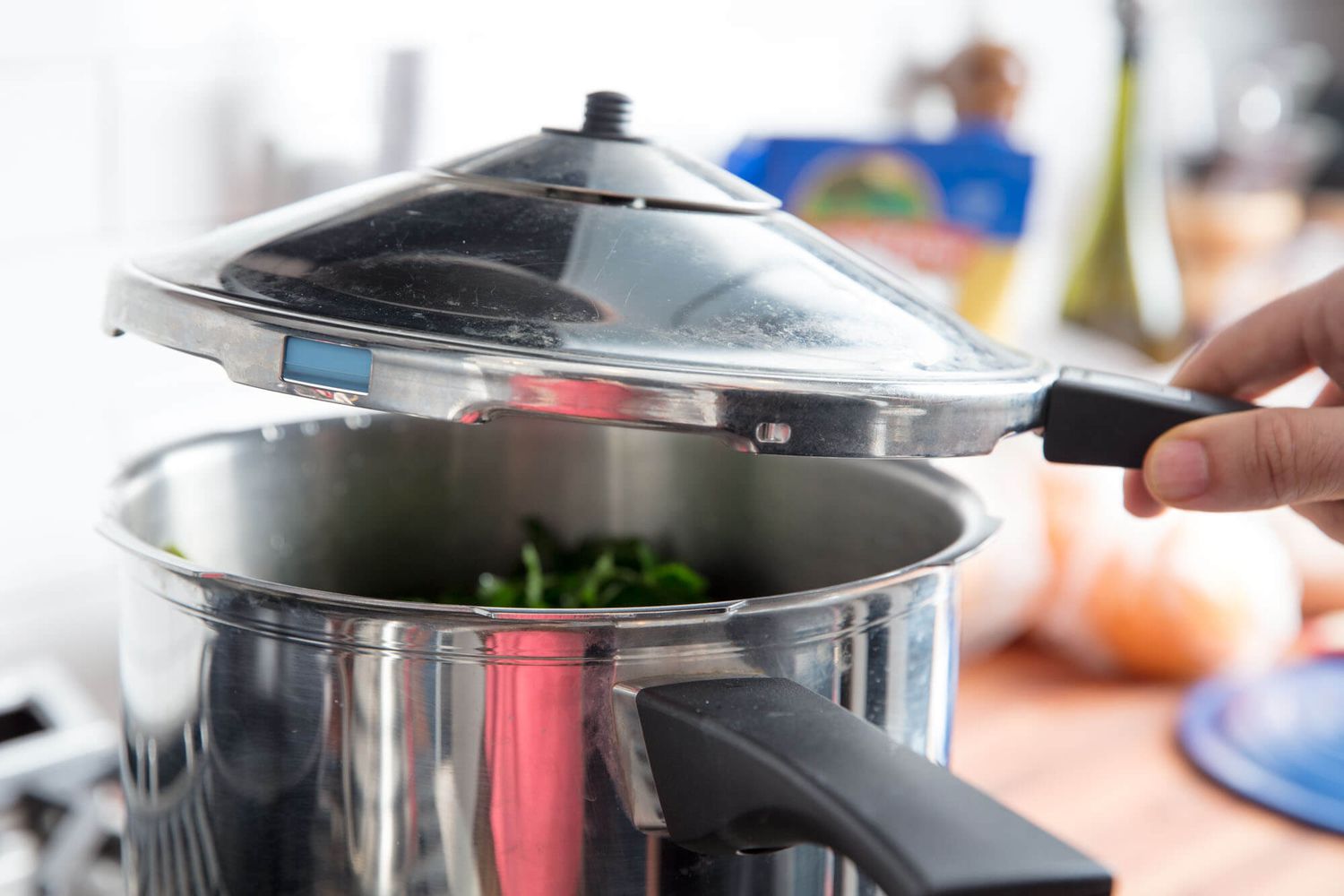
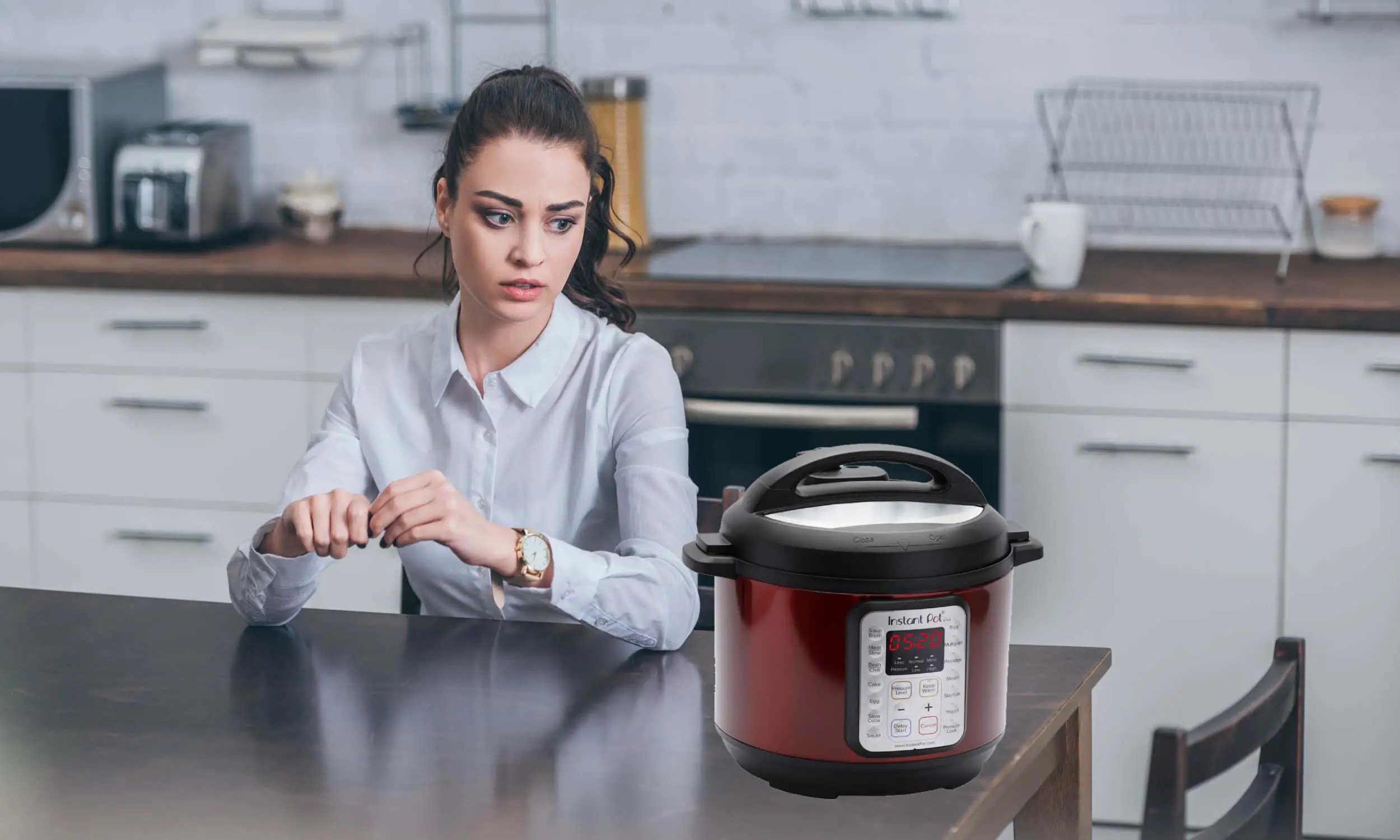
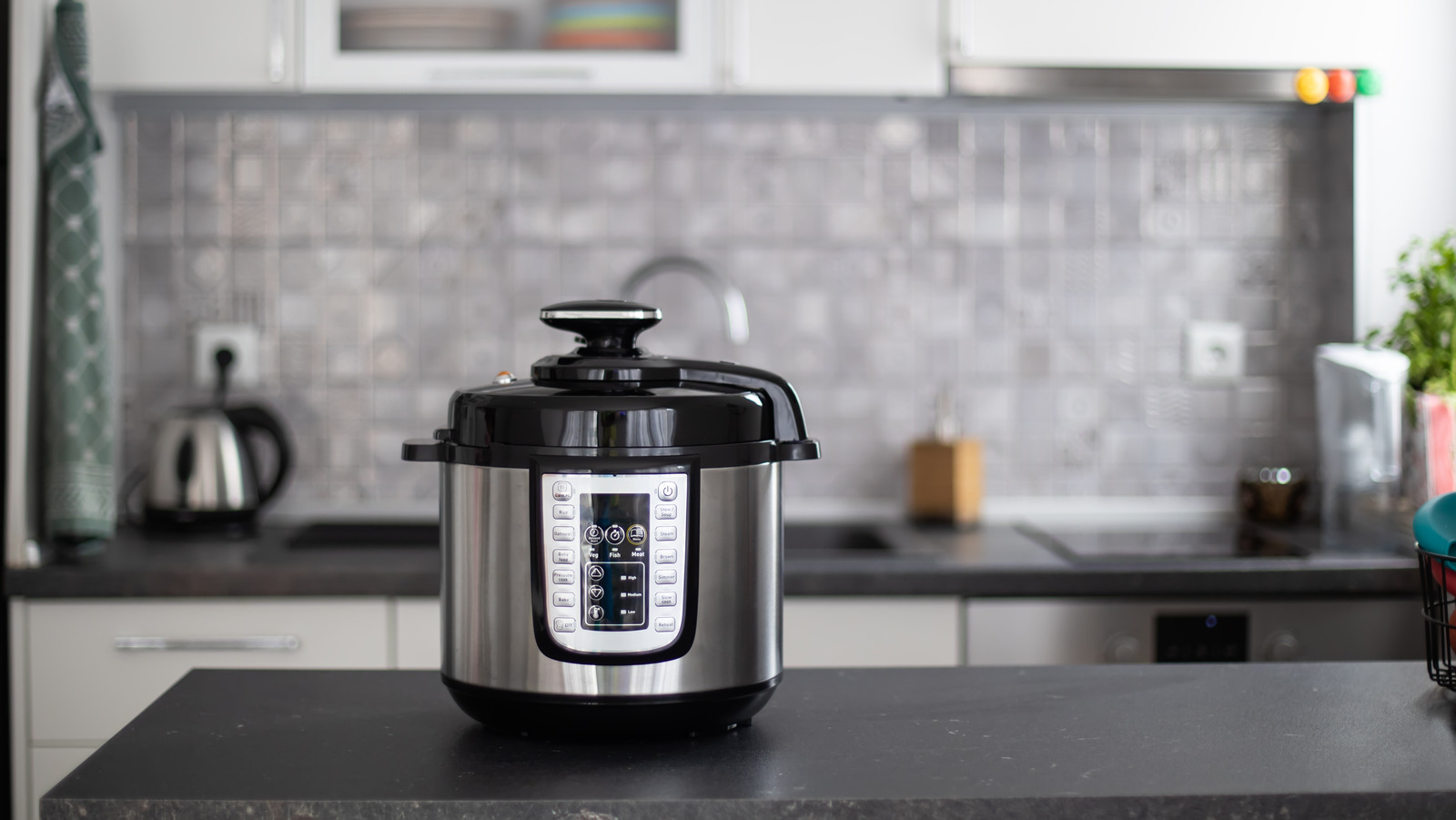
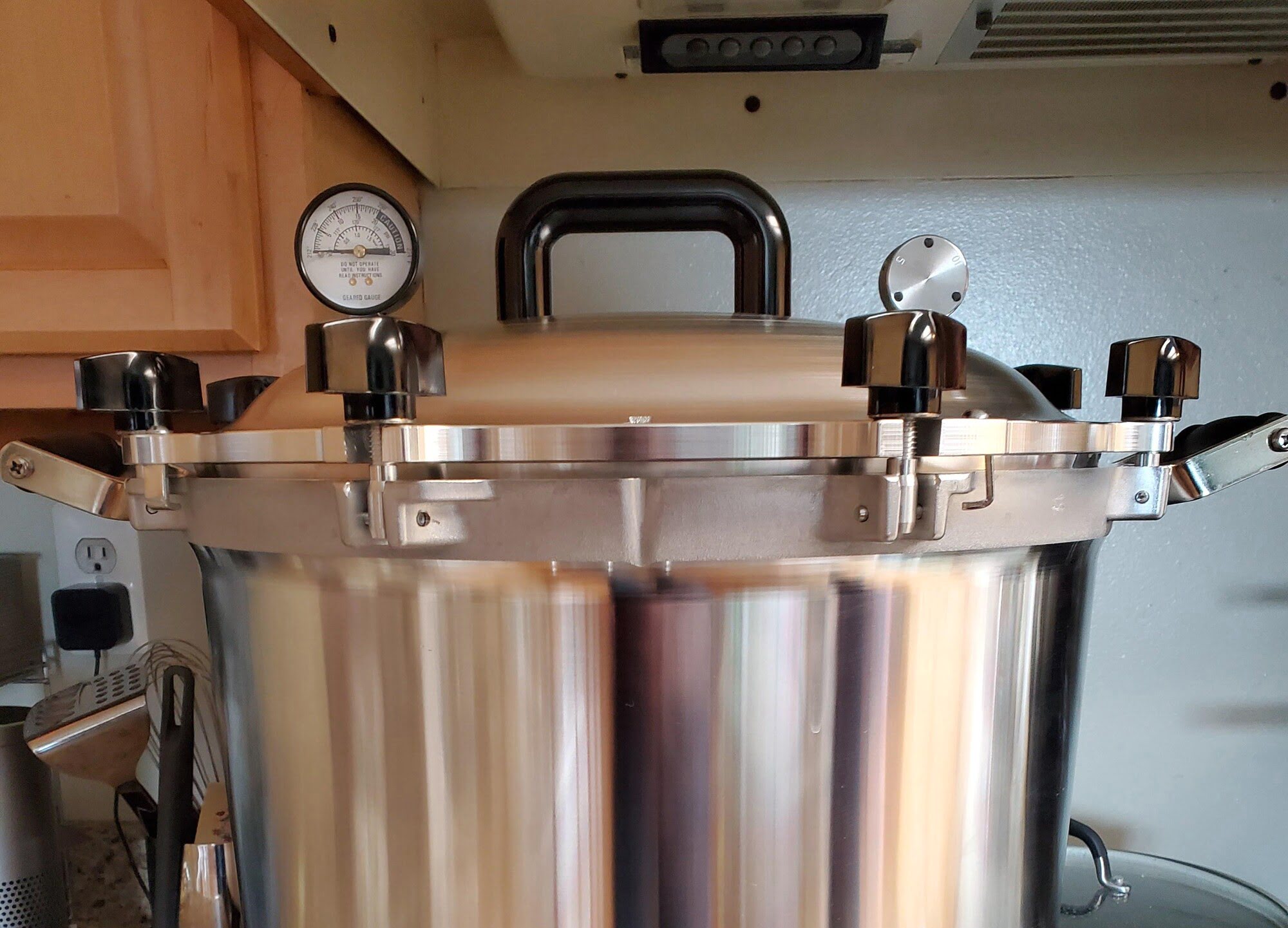
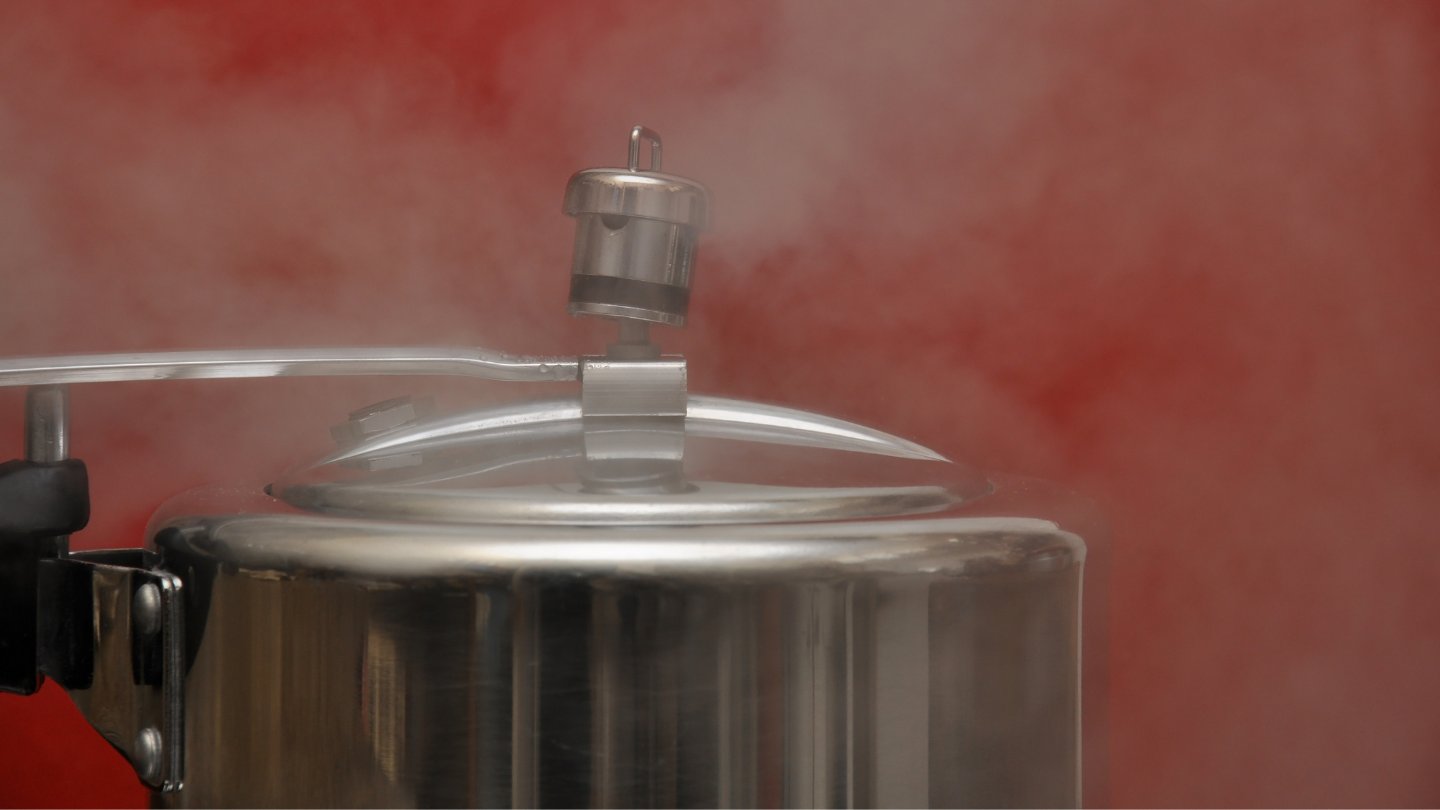
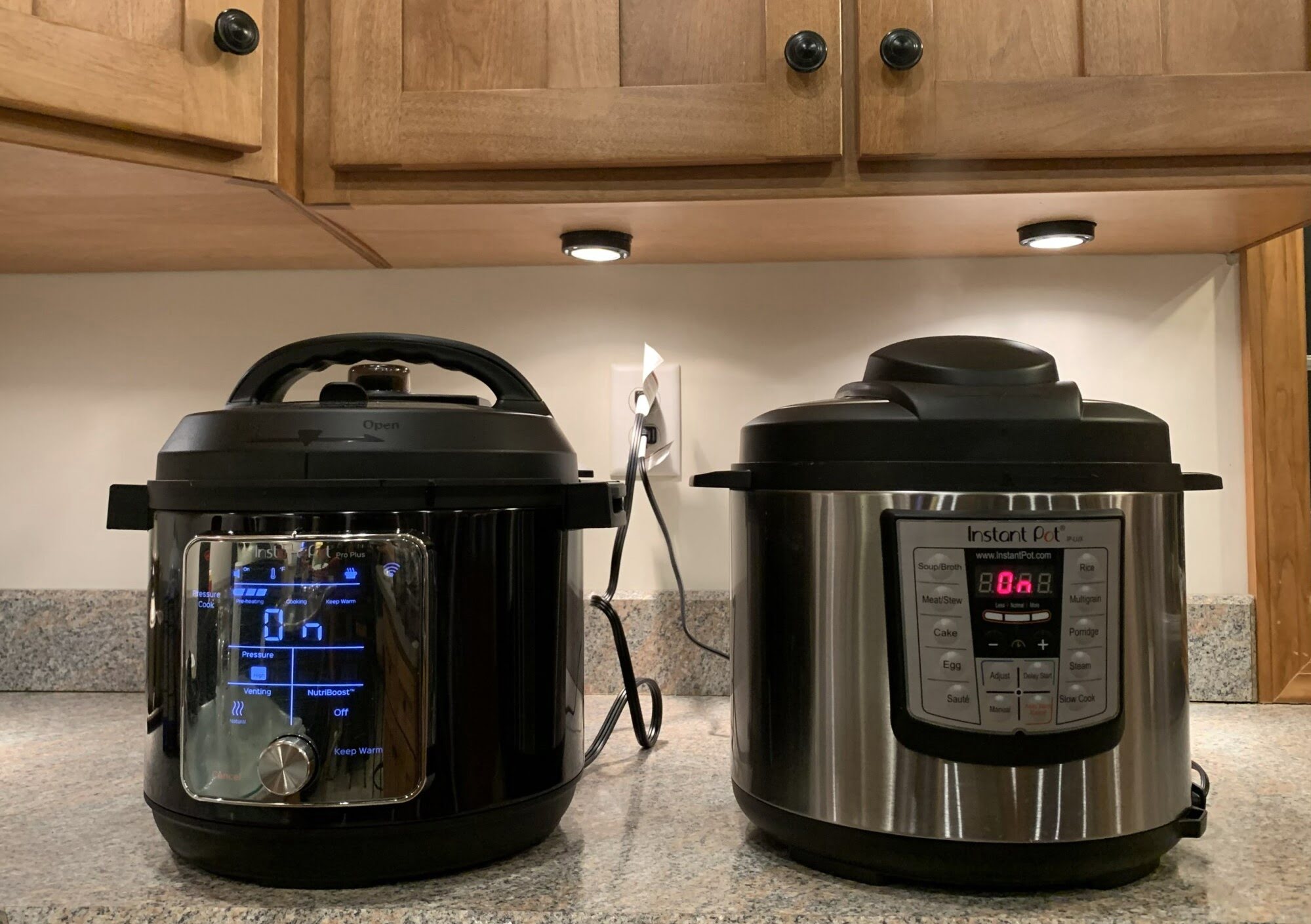
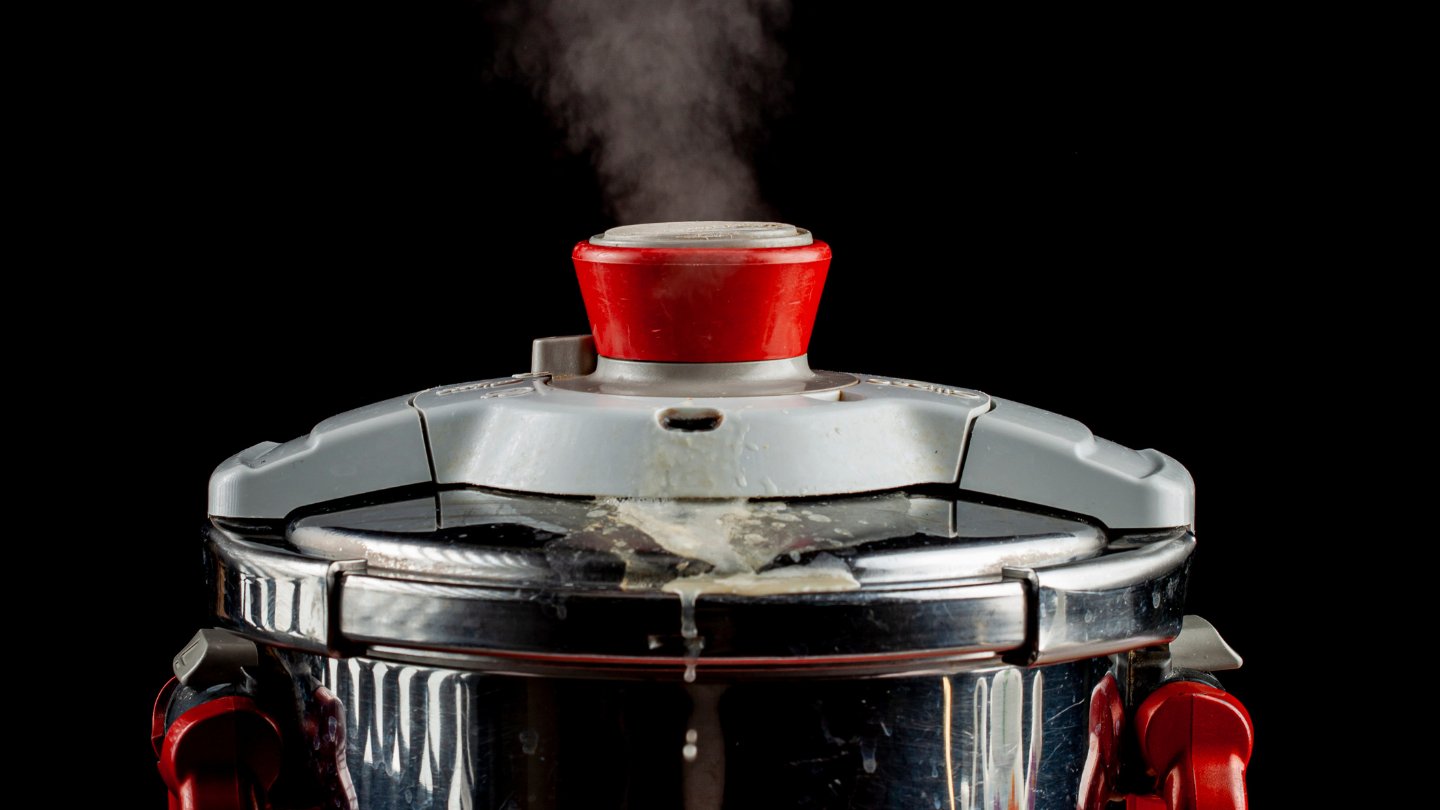
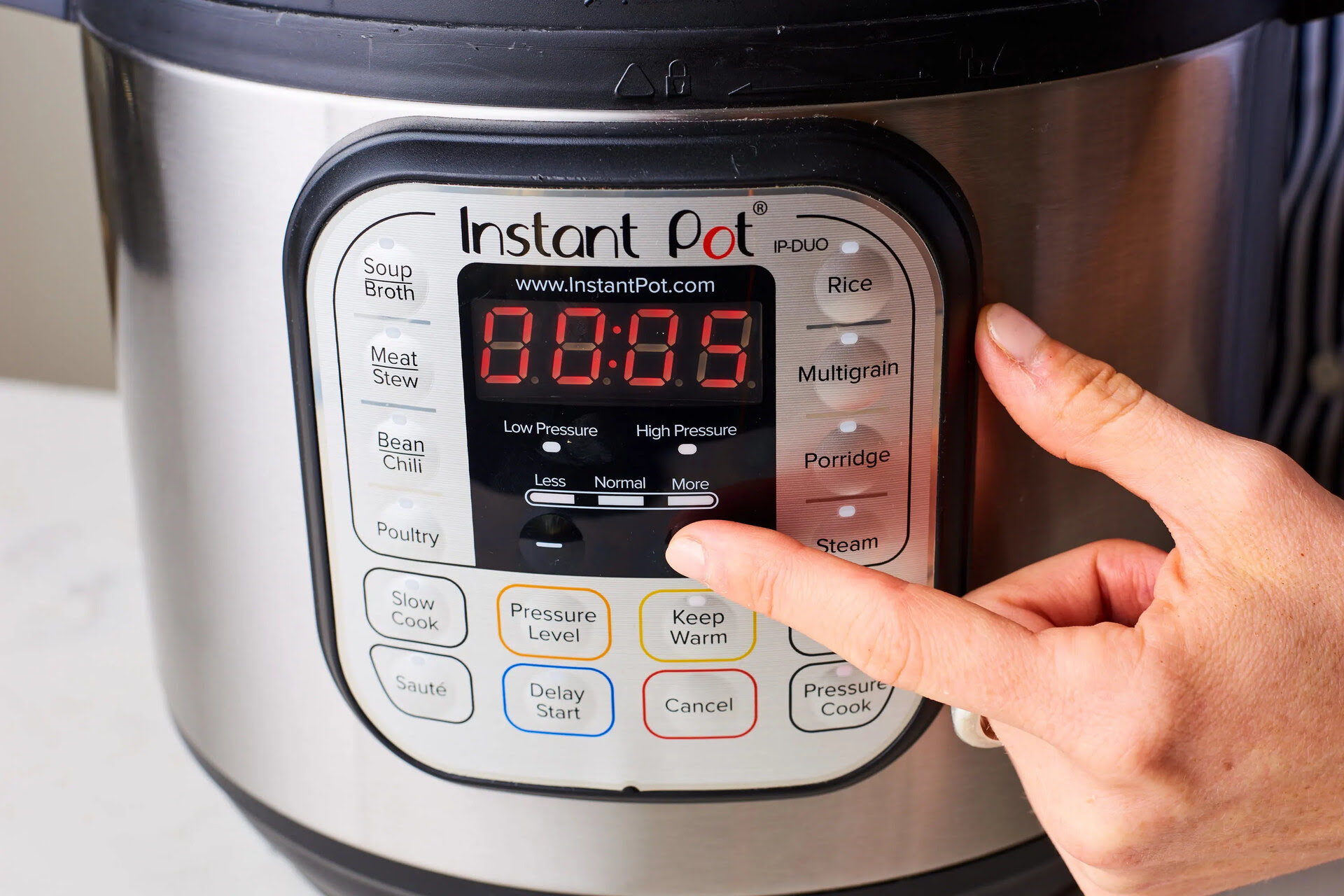
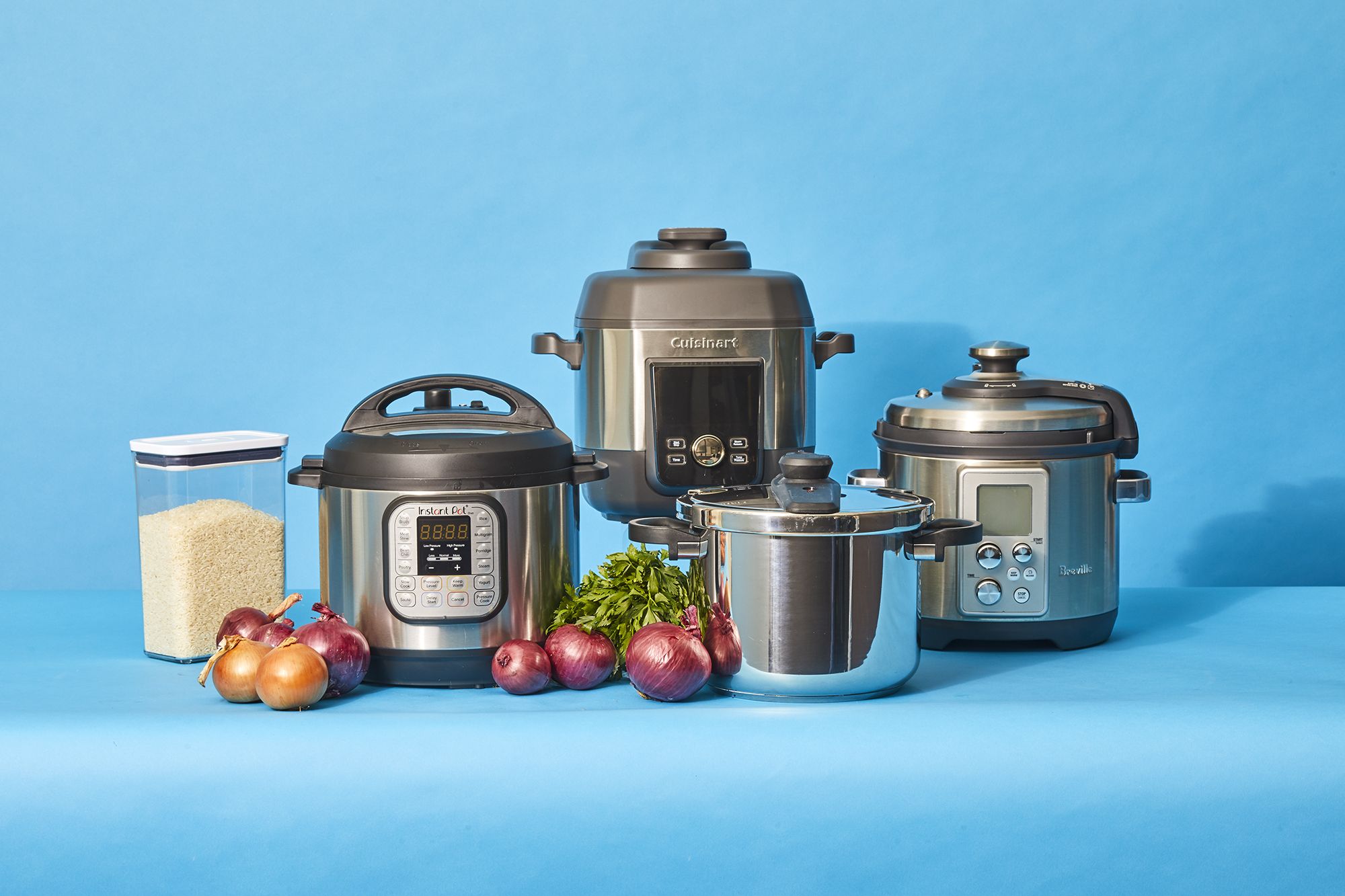
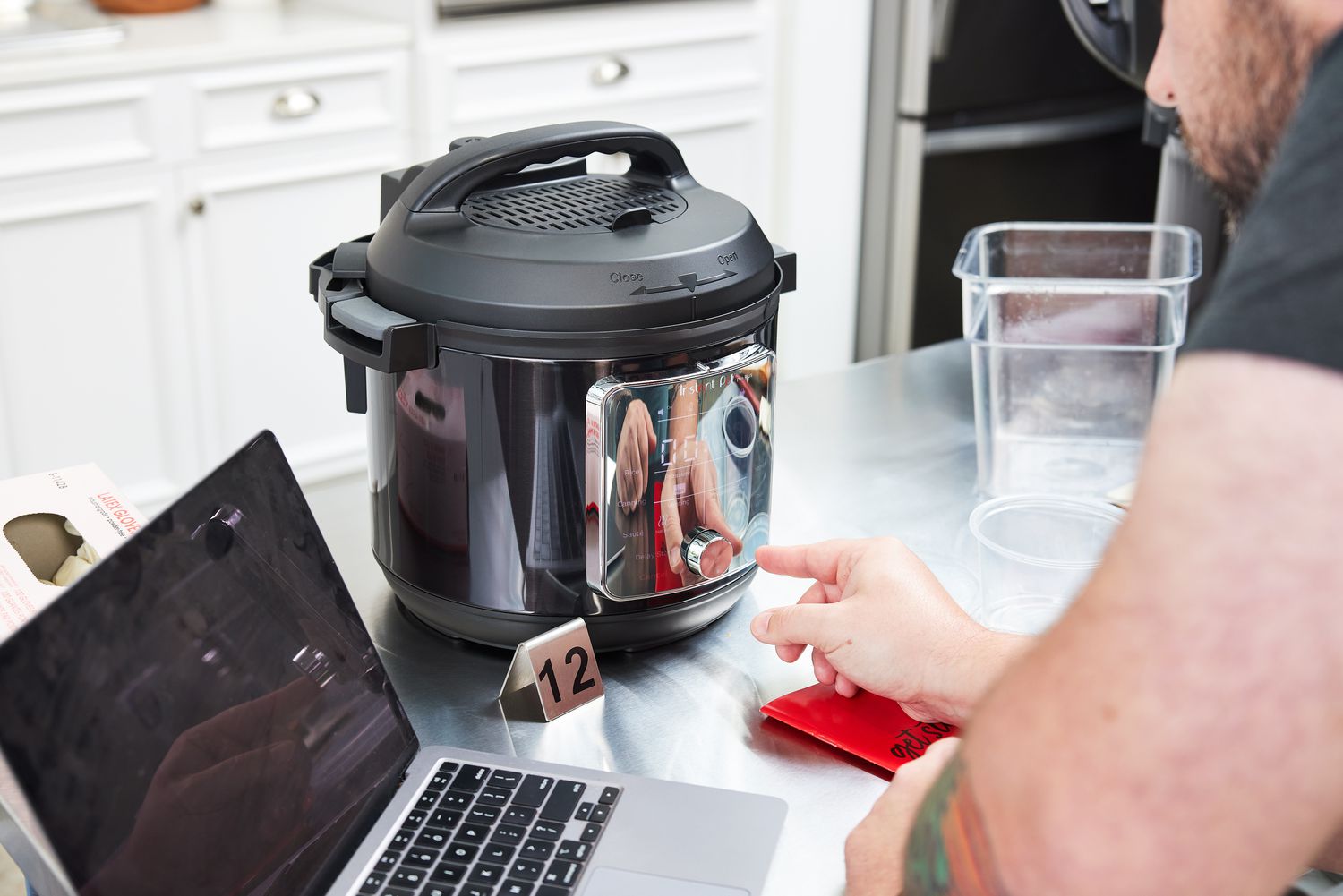
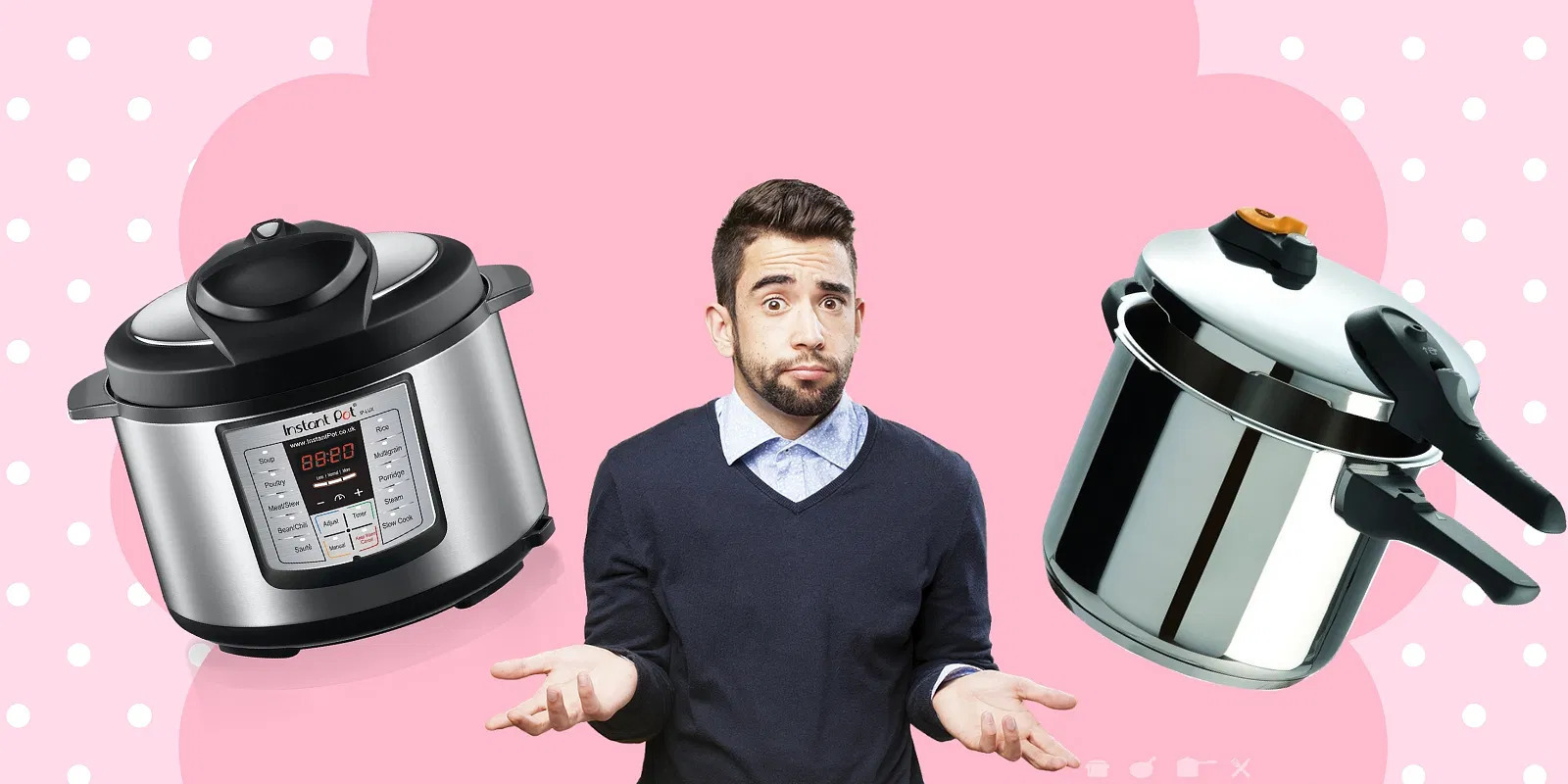
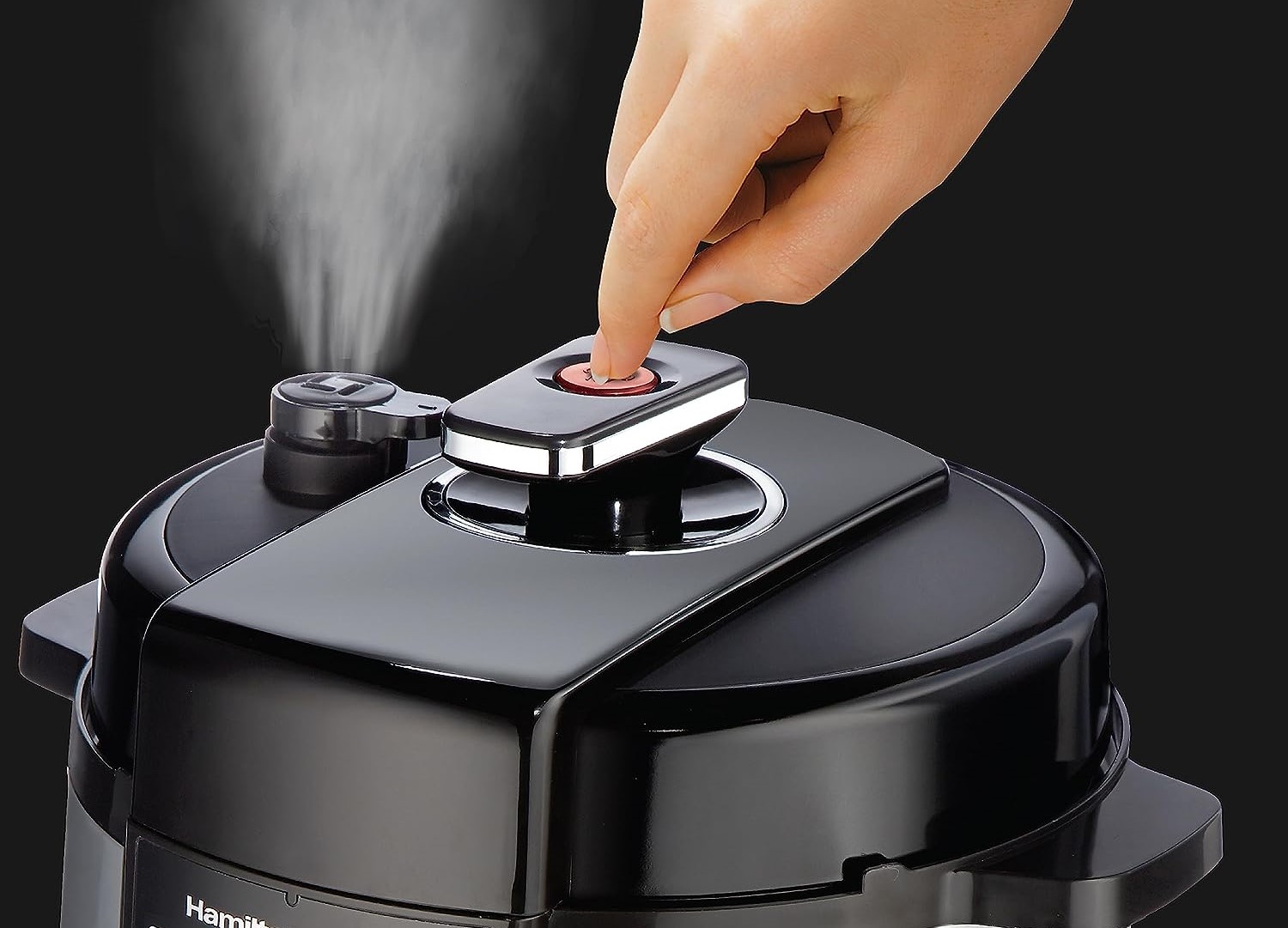
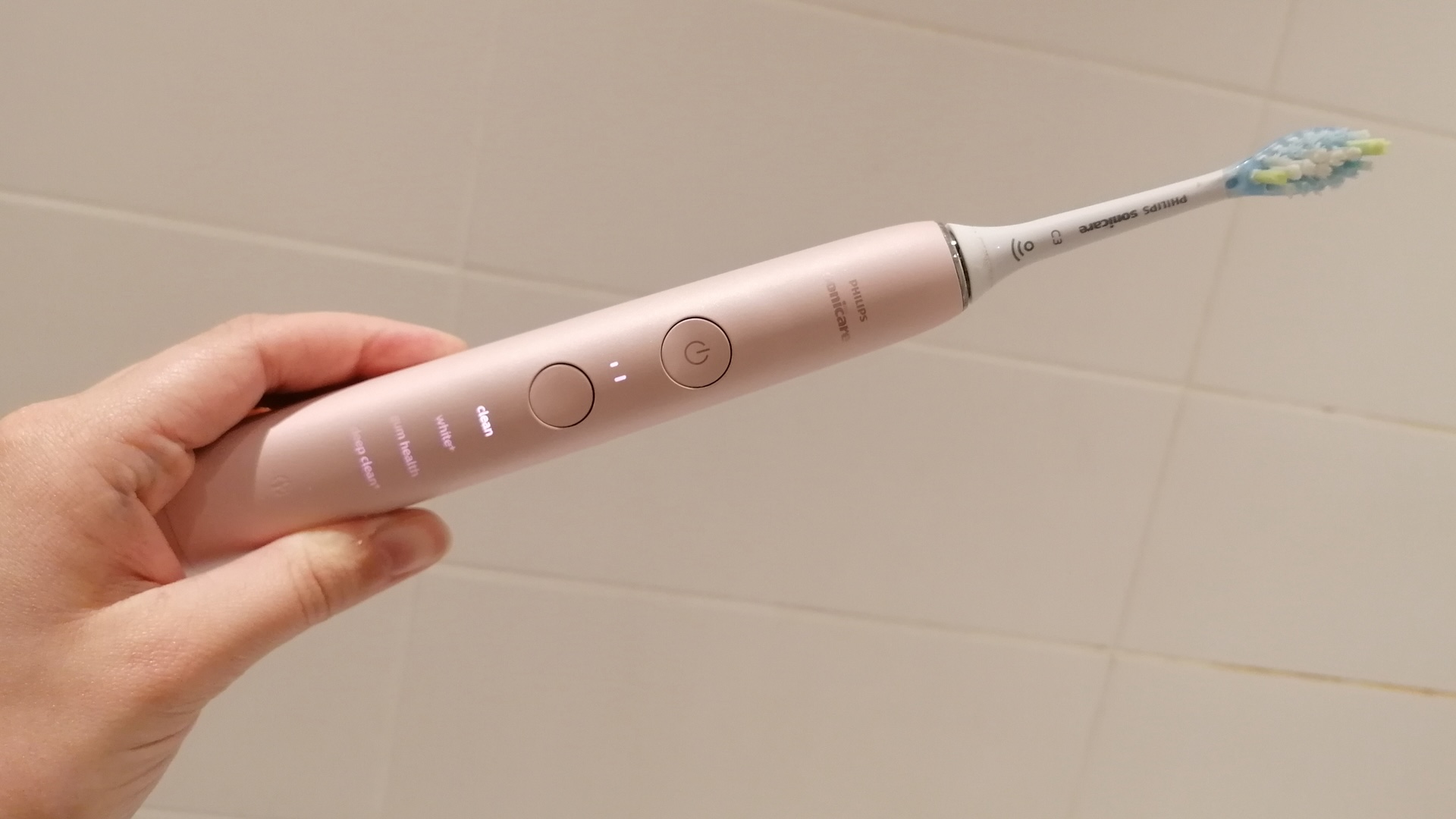
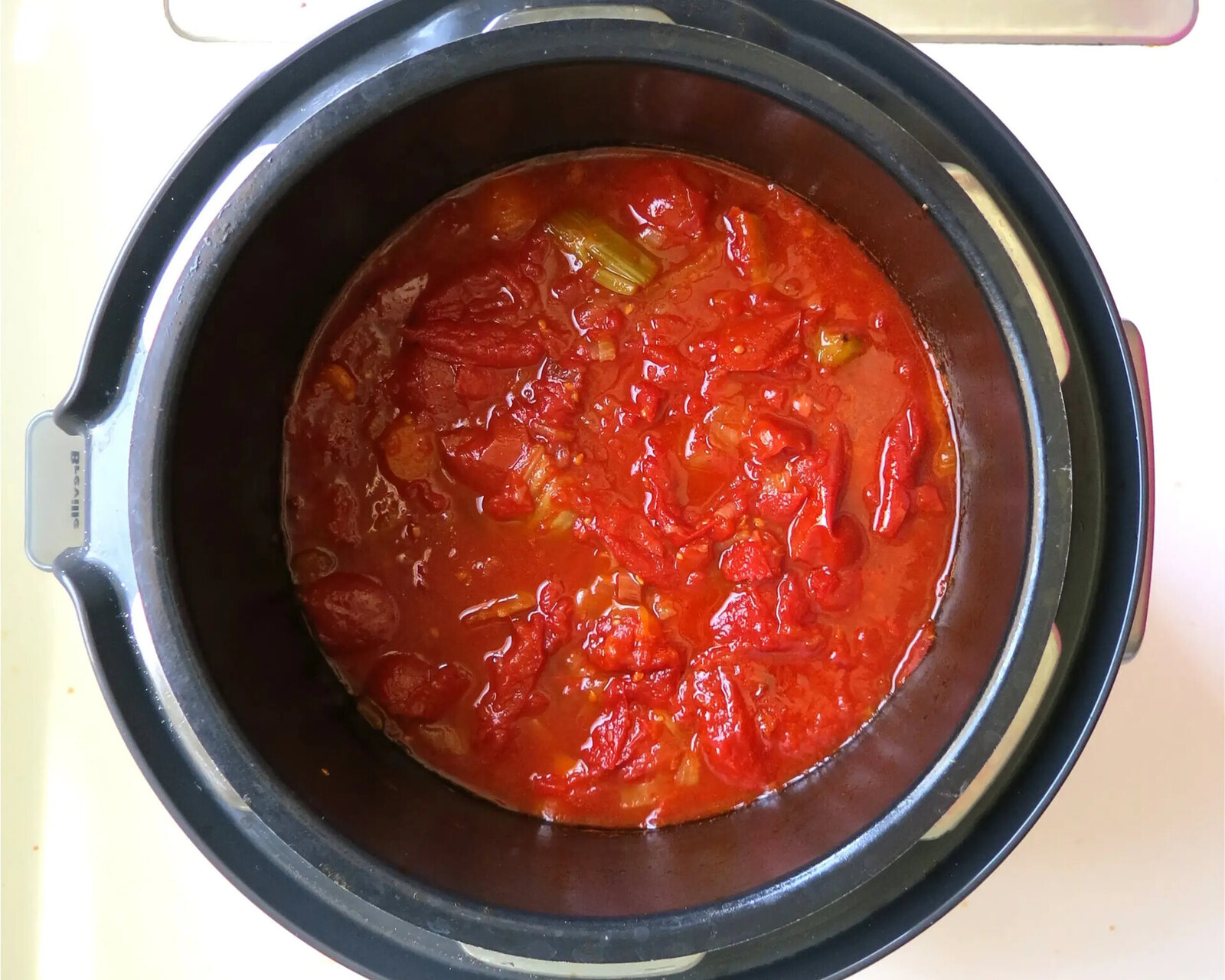

0 thoughts on “Why Does Electric Pressure Cooker Have Error”